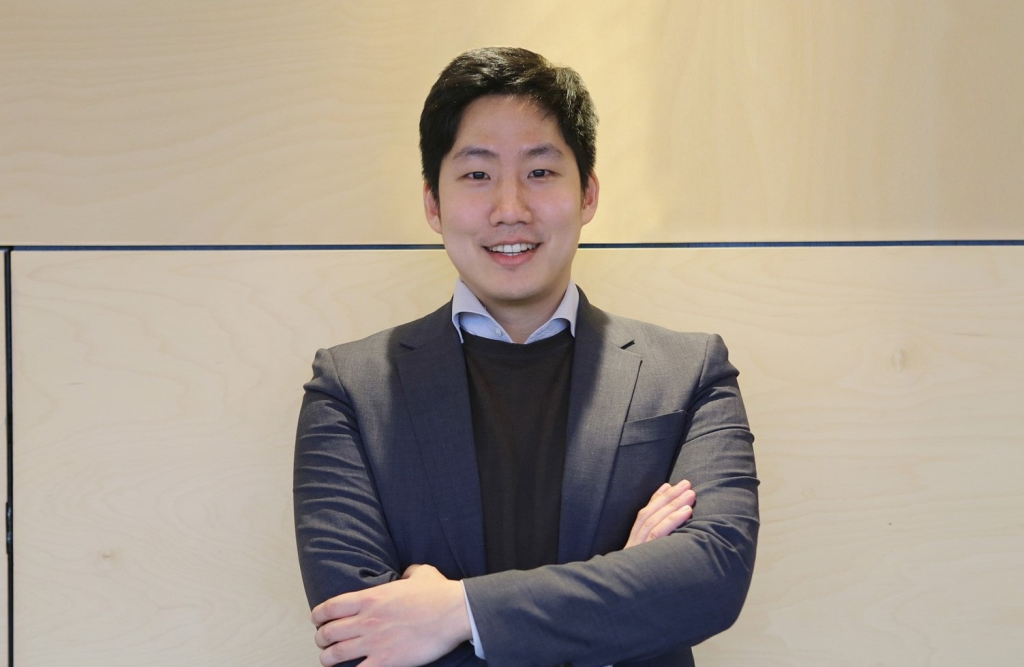Why Does a Startup Need Five CEOs? – (1)

Prologue:
The Truth Behind the Headlines
“To be honest, I couldn’t handle it all. That’s the real reason. There were too many projects, and I didn’t have the bandwidth to oversee each one in detail. Every business unit had its own competitors, and I realized I couldn’t beat them by managing everything myself. It was a time when both my confidence and self-esteem were at an all-time low. So, I split the company, gave the heads of each unit the title of CEO, and handed them full responsibility. But after that, my self-esteem hit rock bottom.”
In media interviews, CEO Kang Min typically explained the adoption of the CIC (Company-In-Company) structure as a strategic move to maintain Day1Company’s rapid growth and entrepreneurial DNA. While there’s some truth to that, the full story hadn’t been told until now. When asked if there was another reason behind the company’s split, Kang opened up with a candid, very human response.
*CIC (Company-In-Company): A structure where independently operated entities exist within a larger company without forming separate legal entities.
Day1Company now houses four independent CICs: FastCampus CIC (focused on professional development), Lemonade CIC (specializing in language education), Coloso CIC (carving out a niche in creative content), and Snowball CIC (reshaping career success for non-specialists). Each CIC started as a business unit within Day1Company before maturing into an independent entity.
Intrigued by this unique corporate structure, we set up an interview. What followed was an unexpectedly personal conversation that spiraled into an extended deep dive into Kang’s thought process and the evolution of the company.

Had to Stop to Keep Going
“Each of Day1’s business models runs on a different set of principles. But I was trying to squeeze everything into one mold, making decisions based on a single set of criteria. Just because I knew what worked in professional education didn’t mean it would work in language training. That’s when I realized things had to change.”
If Day1Company’s business had been a more typical model—where you simply add new products or services under one roof—then Kang might have been able to lead everything under a single decision-making process. But Day1 wasn’t a typical company. Though its four divisions all fall under the broad umbrella of education, their content and business models were radically different.
Managing these diverse operations was impossible. Competitors in each field were laser-focused on a single business, while Kang could only devote maybe two days a week to any given one. This left him feeling spread too thin, unable to properly manage anything. Worse yet, Day1 was on track to keep adding even more diverse business models. With that looming over him, his confidence hit an all-time low.
By the summer of 2020, Kang realized what he needed was leaders who could focus exclusively on each business, building the expertise to steer their respective ships. Less than a year later, in May 2021, FastCampus rebranded as Day1Company, and four new CICs were born. Four young division heads, who had joined FastCampus as junior staffers five to six years earlier, became CEOs of these newly independent businesses.

Throwing the Kids in the Deep End
Each CIC was like a newborn startup. Kang handed their CEOs the reins with no preset guidelines. In his words, he “split the company and told them to figure it out.” The new leaders had to manage everything—staffing, operations, problem-solving—on their own. Chaos was inevitable.
“We don’t have enough people for Team A.”
“Hire some.”
“How do we split a development team that works on both products?”
“Just split it.”
“Labor laws treat us as one company, so how do we divide payroll?”
“Exclude that for now and split everything else.”
The early days were filled with confusion and frustration. Employees were overwhelmed, and complaints about leadership reached a fever pitch. Some left the company entirely. Perhaps if Kang had carefully planned and executed the transition, the process could have been smoother. But he knew that if he held their hands through it, his influence would linger, and that wasn’t what he wanted. He needed his new leaders to stand on their own.
Even after relinquishing control, Kang didn’t feel relief. Watching the chaos unfold, he was wracked with guilt, knowing how difficult things were for the remaining staff, and powerless to intervene.
“I had given them the authority, so I had to let the new leaders make mistakes and learn from them. Even though I could see the errors coming, I didn’t create safety nets or offer guidance. As hard as it was on the team, it was also a very difficult time for me to sit back and do nothing.”
Months later, like lion cubs pushed off a cliff, the new CEOs found their footing. Slowly but surely, they each developed their own leadership styles, brought stability to their teams, and grew their brands. Just as Kang had hoped, the CIC heads matured far faster than they would have as division heads.
But just as things were starting to run smoothly, Kang’s self-esteem plummeted further.
‘So, I’m not needed anymore. What do I do now?’
Stay tuned for Part 2 (Click🖱️)